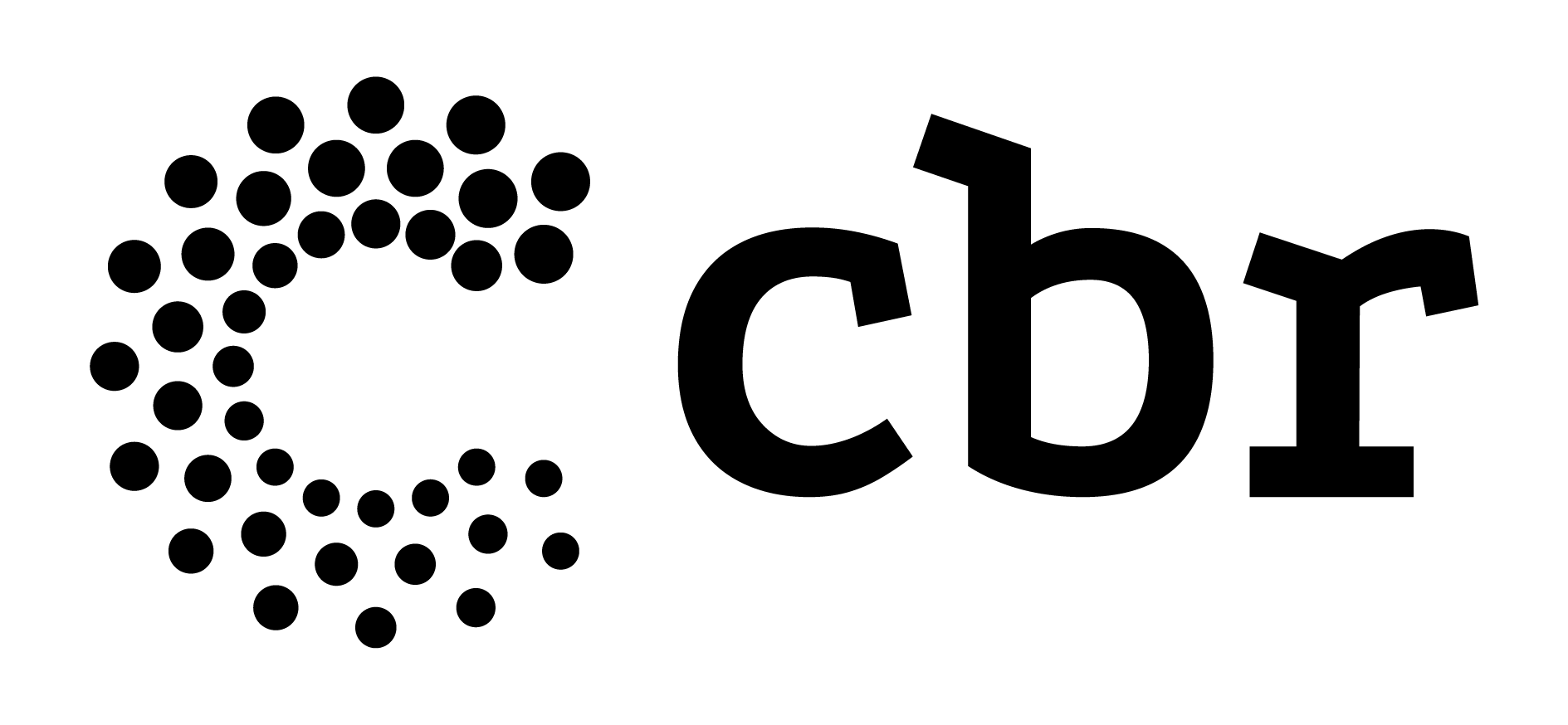On September 21st, the premiere of the CBR Studio, a program that aims to discuss important topics for the radiology community. The live transmission allows the participation of colleagues through the workplace. The first topic to be discussed was artificial intelligence: a very current subject that has brought some anxiety to radiologists about the future of the specialty.
The Doctor. Manoel Rocha, president of the Brazilian College of Radiology and Diagnostic Imaging (CBR), and Dr. Rogério Caldana, director of the entity, received fellow radiologists Dr. Thiago Julio and Dr. Marcelo Felix, who, in addition to Radiology, are dedicated to the area of information technology.
There were several topics addressed regarding artificial intelligence, starting with its current meaning: a mimicry of an aspect of human intelligence, capable of understanding and solving a given situation. It can be classified as weak, when it solves a specific problem, and, on the other hand, it translates as strong, when algorithms and machines manage, in addition to solving a specific problem, to interact with a new challenge. Increasingly, the goal is to approximate human intelligence, where attempts are made to mimic the neurocortical layer of the brain. This has evolved, because we have more and more data to feed computers, because today we are digital. Added to this, computing power was increased through video cards, processing more and more images.
Currently, we already use a lot of artificial intelligence, but long before we talk about its function, interpreting images, we must discuss its initial impacts: the first one is to bring up the discussion about its implications, notably in relation to medical work. There will undoubtedly be an impact on teaching and research institutions, as academic groups in Radiology are eager to research the topic. Likewise, there will be impacts on industry such as the production of PACS, and software in the pursuit of greater efficiency and productivity.
The radiologist, as he is known to other areas of medicine as an incorporator of new technologies, has been seen as the first victim of this type of intelligence. This needs to be demystified, as other medical specialists are already losing certain functions, such as those specialties that already work with treatment protocols, through software.
First, we must demand from this intelligence the support for the diagnostic decision, because, currently, we have more instruments available to increase the number of data for the diagnosis, including in other areas, such as information on pathological and laboratory tests that are included in the medical record. Work routines can also be optimized through configurations of worklist, aid in billing and greater control of disallowances.
The concern with the ability to interpret images, replacing the work of the radiologist, must be demystified, as making a medical diagnosis is something extremely serious. In view of this, the Food and Drug Administration, a federal agency of the Department of Health and Human Services of the United States, warns industries that, if they want to enter the area of radiological diagnosis, they must do so through a Class III study, with a huge database, which requires enormous complexity and investment, which is why they haven't dared to risk it yet.
Artificial intelligence in the day-to-day of Radiology will use automation, finding the radiological finding quickly, attaching scientific articles and, at the same time, making analogies with two or more similar cases in our database. In this way, the medical diagnosis will be made more quickly and correctly, improving the effectiveness of our work.
It is also important to remember that there is no way to impute responsibility to the machine. The signature of the report will always be ours. Anyway, the future changes, but in our area, specifically, image interpretation is not resolved and will be very difficult to resolve.
Those who say that our work is doomed to do so do not understand the complexity of radiological reasoning. Perhaps, with Artificial Intelligence, the radiologist will be shifted to a more noble area of care, translated by humanization, welcoming and patient care. Technology, which, in a way, motivated our patient to distance themselves, will bring us closer together through artificial intelligence.
The world is changing, we are evolving and we need to prepare. The radiologist will have to reinvent himself. In this context, the role of CBR stands out, so that, through information, the radiologist colleague can have a critical view of new artificial intelligence products launched by the industry. The radiologist of the future, who knows how to work with artificial intelligence, using it as a precious tool, will certainly be consolidated in the job market.
DR. CIBELE CARVALHO
Director of Professional Defense at CBR



